Metro in New York
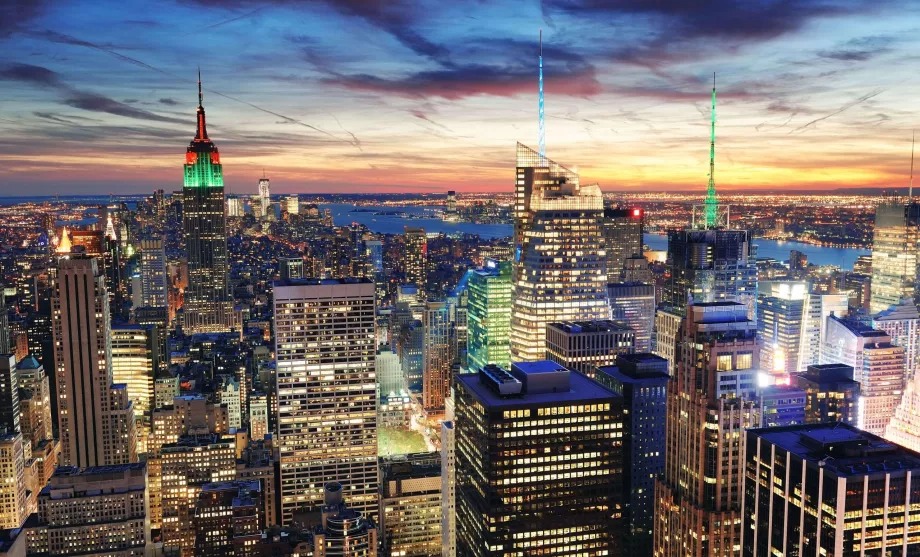
The subway is the best and in most cases the only way to travel around New York City. It's the only way to get to virtually every tourist attraction, and the dense network extends as far as Brooklyn, Queens and the Bronx. Ideally, choose accommodation that's within walking distance of the subway - then you're set and getting around New York will be a breeze.
In American English, the term Subway is mainly used for the subway.
- The cheapest accommodation in New York
- New York City airfare deals
With a total network length of over 380 km, the New York subway ranks 12th in the world. The first trains started their routes in 1904, making the New York City subway the 8th oldest subway in the world.
Although taking the subway in New York City may seem complicated at first, you'll soon get the hang of it and after a few rides, you'll be riding like a native New Yorker. The stations are clearly signposted, as are any transfers.
Here are some tips for hassle-free subway travel in New York.
New York Subway Map
The key to getting around New York City smoothly is to always have a subway line map with you. While maps are posted in all cars and stations, it's a good idea to have a map downloaded on your phone to help you plan your trip. The metro map can be found and downloaded at web.mta.info/maps.
A live map showing the current network status is also now available on mta.info. For example, just click on a station name to see the nearest train departures in all directions.
Metro Card / OMNY ticket prices
On the New York City subway, you can choose from two ways to pay your fare:
- OMNY contactless payments with your debit/credit card (mobile, watch, ...).
- Classic paper Metro Card
The fares for both options are the same, although not quite...
Fares for 2,90 usd
Every subway or city bus trip in New York City is a flat fare regardless of time or distance traveled 2,90 usd.
It is calculated from the first time you enter the subway to the time you exit the subway, and you can transfer if you don't go through a turnstile within that transfer point (not always possible).
If you pay contactlessly with your card, mobile or watch, only $2.90 is actually charged. Attach your card/mobile to the reader at the turnstile when entering and exiting the station.
When paying by Metro Card , you will always pay an extra 1 usd for the ticket itself, which cannot be reloaded in the case of single fares. In addition, only a ticket with two recorded journeys can be purchased. In total, the lowest price for a single Metro Card is 5,80 usd, where $1 is the fee for the card and $2 x $2.90 for two Metro or bus rides.
If you know you're really only going to take one trip and don't want to use contactless payment, a single trip ticket can be purchased for 3 usd.
A 7-day pass for 34 usd
There is no 24-hour or 3-day ticket in New York City, the lowest time period is only 7 days. It costs $34 and is valid for unlimited rides anywhere on the subway, buses, and cable cars to Roosevelt Island.
Contactless payment: works by charging $2.90 after each single ride, up to a maximum of 12 times in total, giving a final total of $34. From the 13th ride onwards, while you still have to attach your card/mobile/watch to the readers, no amount is deducted.
Metro Card: with this version, you really pay for the full 7 days regardless of whether you start using Metro on Monday or maybe Thursday. The fee for the card is again 1 usd extra, but unlike single tickets, the multi-day Metro Card can be reloaded. So you can keep the ticket for your next visit to New York or pass it on to someone you know who is visiting the city.
Where to buy tickets?
You can buy tickets for the New York City subway at the ticket machines in each station. You can pay with cash or card.
How do I use my tickets?
You will go through turnstiles when entering and exiting the station. For contactless payment, you just put your card/mobile/watch to the reader marked OMNY and go through the turnstile. The procedure is repeated when leaving the station.
If you are using a traditional paper Metro Card, you can swipe your ticket through a pair of silver rails, the turnstile will then release. Again, the same procedure must be repeated when exiting the station.
You do not go through the turnstiles when changing trains.
Local vs. express services
Perhaps the most common confusion among tourists arises with this tricky aspect of the New York City subway system. You look at a map, see that the Blue Line subway lines run through the nearest station, you're good to go! However, you wait in vain for your particular connection, there are constant stops by trains of the other line, which you don't need to take, and every now and then the subway you want to take whizzes past the platform on the third track.
Always double check exactly where the metro is going so you don't miss your stop and wait too long for the next connection. On the metro map, stations are shown in black or white and the letter of the line that stops at that station.
- White stations - all trains stop here
- black stations - only local services stop here
If an express train is running, it will not stop at the black stations and will just pass through them.
For example, the A, C, B, D lines seemingly run on the west side of Central Park, but all stations have black circles, which means only local trains stop at them. In this case, it's always just the B and C lines.
Timetables, connection search
You can easily find the fastest connection between two stops on the official website of the transport company mta.info.
Within the city centre, metro trains run on average every 2-3 minutes on weekdays, and about every 4-7 minutes on weekends. The further away from the centre you are, the longer the intervals will logically be, but they rarely exceed 10 minutes at major stations.
Only in the very peripheral parts of the metropolis, where you probably won't even visit, and also at night, the interval can vary between 15-20 minutes.
Some lines run 24 hours a day, while others just take a break at night.
Lines that run all night are: 1, 2, 3, 4, 6, 7, A, D, E, F, G, J, L, M, N, Q, R, Staten Island Railway
Approx. 6:00-22:15 on lines B, C, W
Approx. 5:10-23:30 Eat Line: 5
It is also a good idea to keep an eye on the information at the stops due to the relatively frequent closures, when some stations are inaccessible or part of the route is replaced by alternative buses. However, the information tends to be very clear and easy to understand.
Transfer stations and stop names
Some transfer stations are not transfer stations. You have to leave the metro and go through the turnstile again. If you have a 7-day ticket, you don't need to worry about this, but for single tickets you would need two.
Basically, though, most stations where multiple lines converge and overlap by a single circle or are connected by a black line on the map are transfer stations. There's no need to go through turnstiles, just follow the signs and directions to the transfers consistently. Feel free to stop for a moment, figure out where you're going and what line you need, and then move on.
Also pay attention to the names of the stations. For example, "Canal Street" appears 3 times on 3 different lines, yet the stations are 2 km apart and are not transfer stations at all.
Uptown or Downtown?
Most stations have separate entrances for each direction. Each entrance is always marked with a letter or line number and the terminus. To make it easier to navigate Manhattan, they also add a label indicating whether the station is in the "Uptown" or "Downtown" direction so you don't have to look up where the terminus is. But what does that mean?
- Uptown - northbound trains
- Downtown - southbound trains
Colours or numbers/letters?
Subway lines in New York City are identified by both a color and a letter/number. While locals usually orient themselves by color, we recommend that you follow the letter or number that identifies the line in particular.
The color is useful in central Manhattan, where several lines often converge into one very busy one. On the outskirts of the city, however, they often diverge in different directions, or some lines terminate at an earlier station.
Security on the New York subway
Forget everything you know from TV shows and movies for a moment. Yes, the New York subway is full of vagrants, dancing and rapping black people, artists and homeless people, but so are ordinary people. It's only by taking the time to observe what's going on around you that you'll notice even the smallest details and see just how colorful the people of this metropolis are. However, the metro is by no means dangerous.
There are cameras and security staff at every stop and even in the carriages themselves.
It may take you a while to get used to the diversity of passengers, but you certainly don't have to worry about your safety.
Wifi at every metro station
On the New York City subway, you can catch wifi at every subway station where you can use the free internet connection.
Any questions left?
If you have any questions or comments about the article...
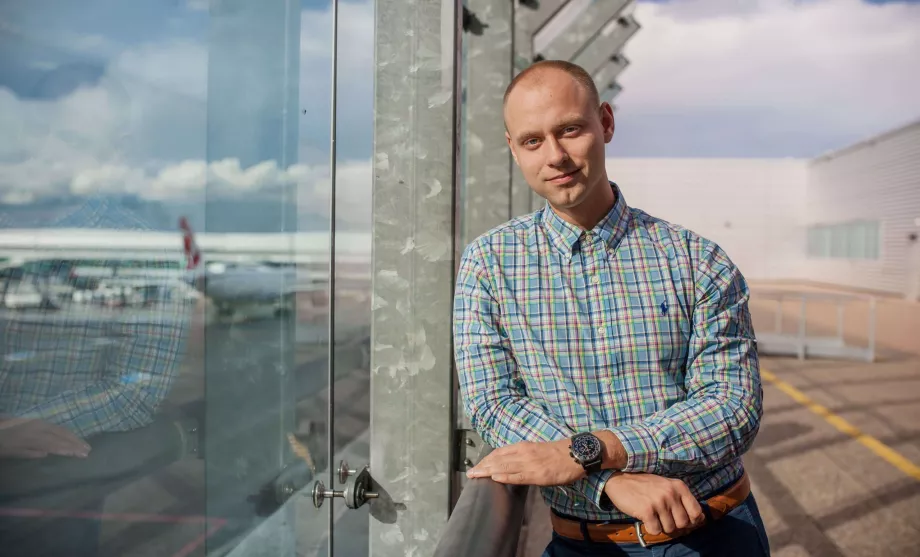
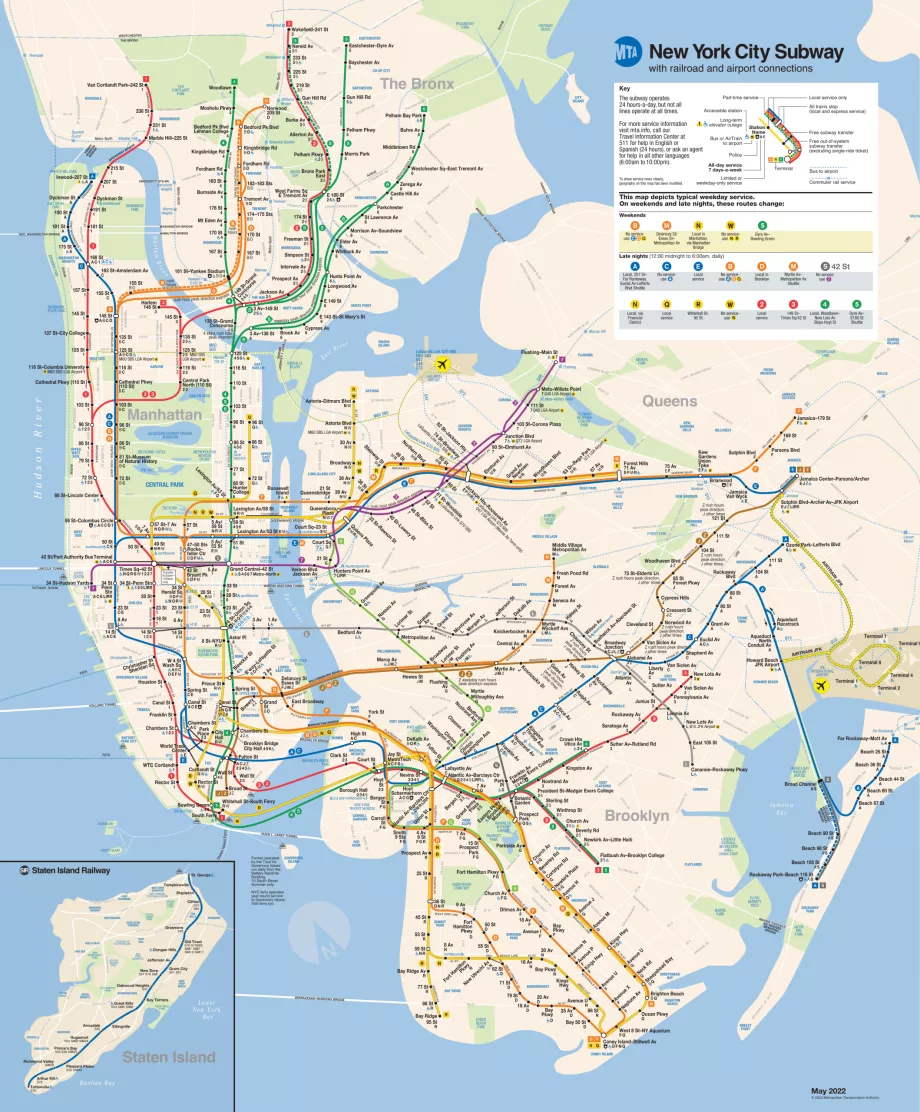
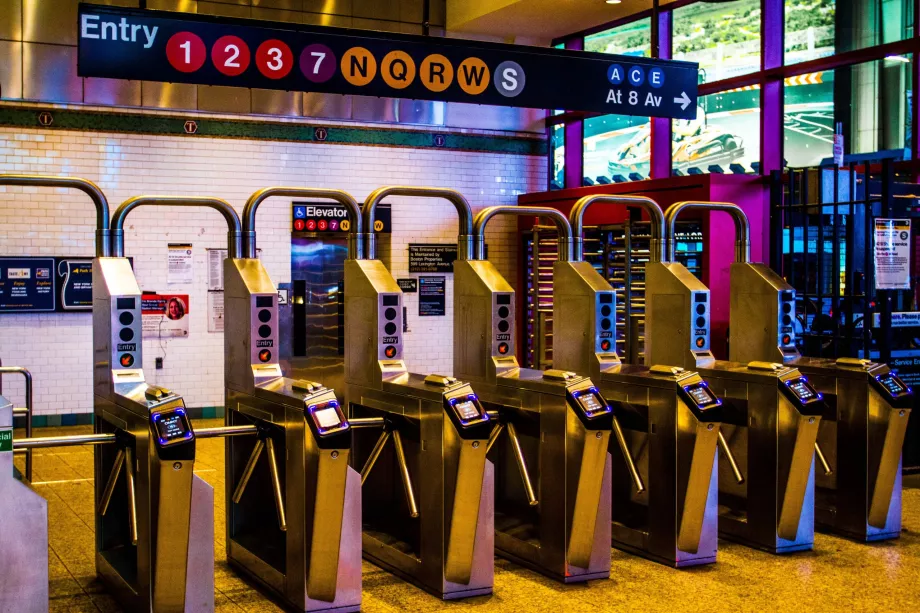
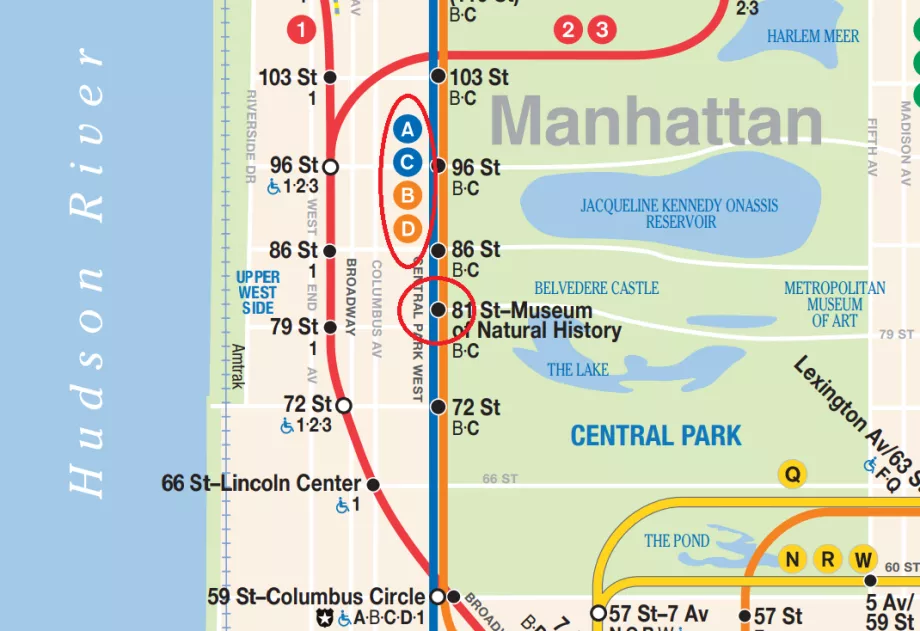
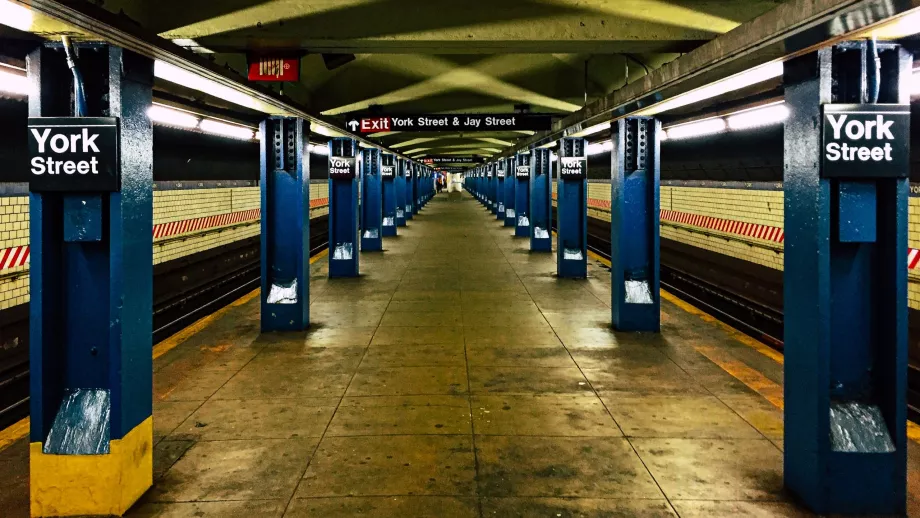
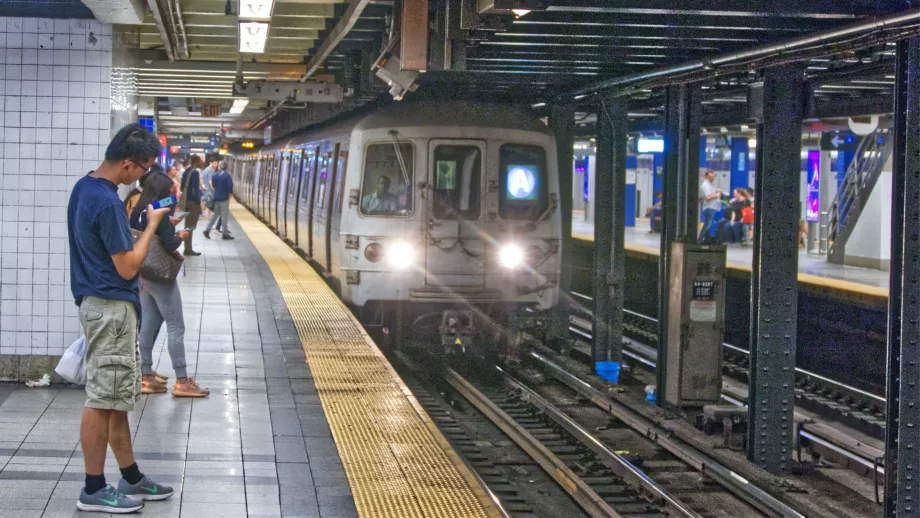
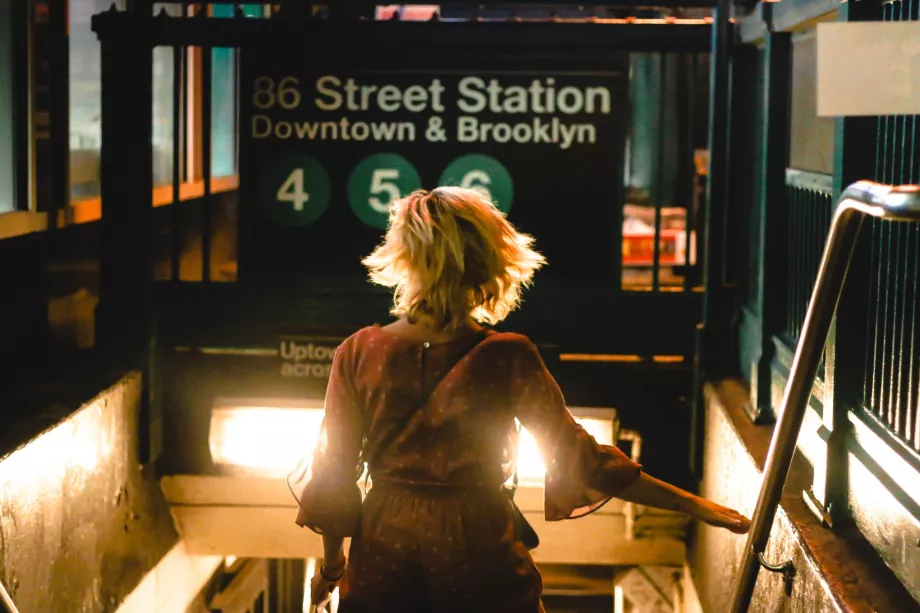

Hi, where exactly can I find out which connections are local and which are express (see attached print)?